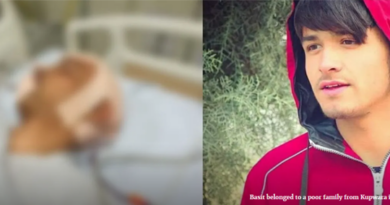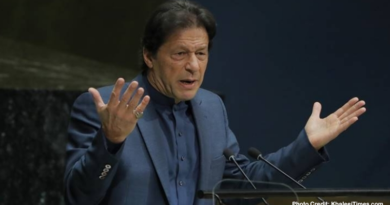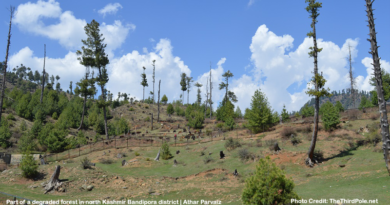Kashmir, Under Siege and Lockdown, Faces a Mental Health Crisis
Years of strife left a generation traumatized. India’s clampdown disrupted daily life. Now the battle against the coronavirus has further isolated and scarred a people with little access to help.
Photographs by Atul Loke
PAHOO, Kashmir — Sara Begum’s suffering began on Aug. 3, when masked policemen barged into her home, badly roughed up her son and whisked him away.
Ms. Begum’s son, Fayaz Ahmad Mir, 28, was one of thousands of civilians arrested or detained by order of the Indian government after it moved forcefully to cement its control over Kashmir, a largely Muslim region of about eight million people claimed by both India and Pakistan. The clampdown has disrupted daily life, with many people feeling besieged and afraid to leave their homes.
Since her son was arrested, Ms. Begun has become gaunt and unsteady, but she and her family say her worst afflictions have been mental and emotional. She now takes sertraline and lithium, both antidepressants. She tried twice to commit suicide, once by consuming rat poison and again by jumping into a river.
“When I close my eyes,” Ms. Begum said, “I see my son shouting, ‘Mother, I want to see you.’”
Eight months after India revoked Kashmir’s semiautonomous status and brought the region fully under its authority, doctors here say a state of hopelessness has morphed into a severe psychological crisis. Mental health workers say Kashmir is witnessing an alarming increase in instances of depression, anxiety and psychotic events.
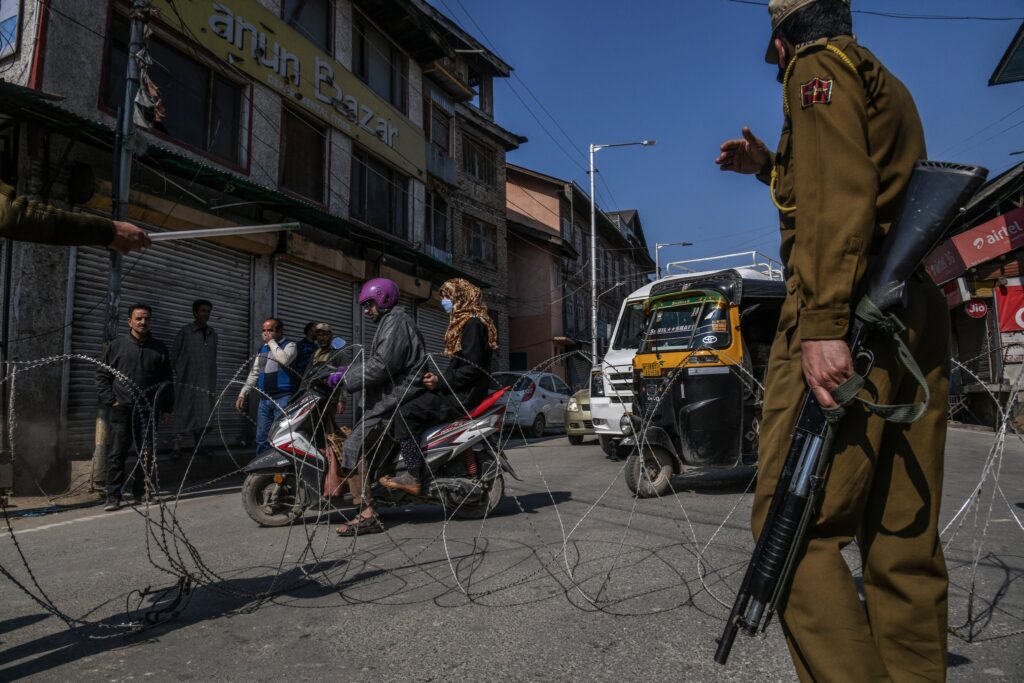
Doctors and researchers say the Kashmir Valley, tucked into the Himalayas, has few resources to cope. This area has been mired in conflict for decades, with its majority-Muslim population agitating for independence or at least more autonomy from India, which is majority Hindu and controls most of Kashmir. Pakistan controls a smaller slice.
Even before the events of recent months, decades of violence between Indian security forces and Kashmiri militants had taken a physical and mental toll on the region and its people. Nearly 1.8 million Kashmiris, or nearly half of all adults, have some form of mental disorder, Doctors Without Borders estimated after surveying 5,600 households in 2015. Nine of 10 have experienced conflict-related traumas. The figures are much higher than in India, according to other surveys.
A leading psychiatrist said he was overwhelmed. Dr. Majid Shafi, a government psychiatrist, said that last year he saw a hundred patients a week. Now he sees more than 500. Overall, Kashmir has fewer than 60 psychiatrists.
A long line snakes out of Dr. Shafi’s office — teenagers traumatized by violence; mothers too worried about their incarcerated children to sleep; businesspeople owing a mountain of debt that is climbing higher and higher under a lockdown that has shuttered nearly everything.
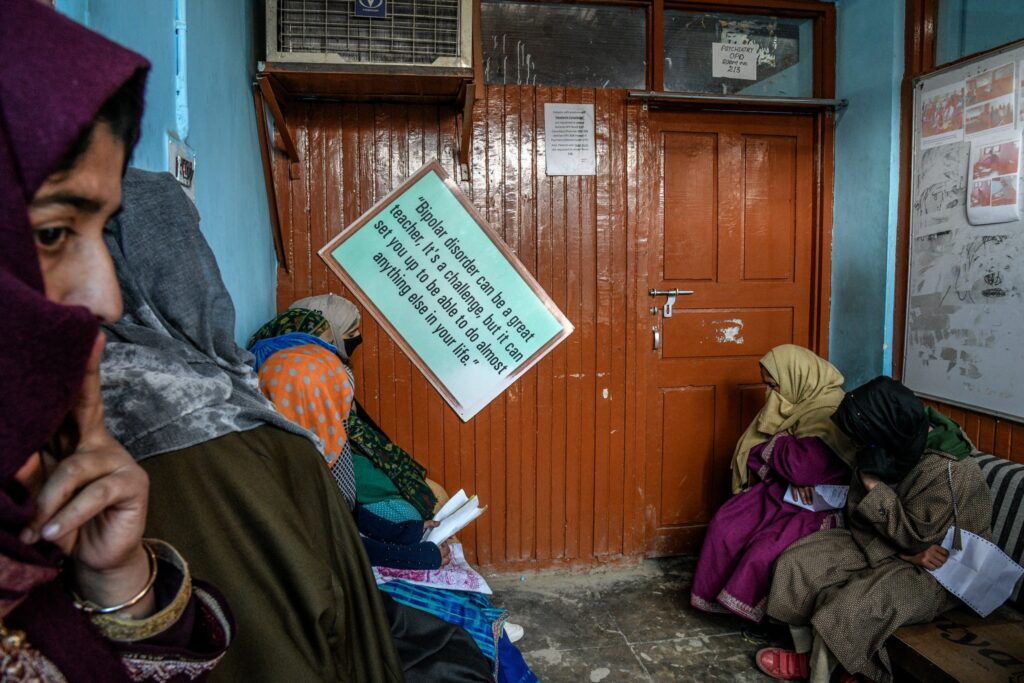
“This is just the tip of an iceberg,” said Dr. Shafi, the single government psychiatrist for around a million people in the district of Pulwama. “The crisis is growing.”
Every season of turmoil in Kashmir brings a new kind of pain. One season is marked by the corpses of teenage boys felled by Indian forces. Another brings an epidemic of dead eyes, as Kashmiris refer to protesters left blind after being struck in the eyes by pellets fired by police officers.
This past year will be remembered for the crackdown. In August, the Indian government suddenly stripped away statehood from Jammu and Kashmir, which had been India’s one Muslim-majority state.
Security forces flooded the area, cut off roads, shut down landlines, cellphone lines and the internet, and arrested thousands of Kashmiris, from students to top elected officials. Some have been released, but many remain in jail. Though some phone and internet service have been restored, they remain nothing close to pre-crackdown levels.
Many Kashmiris, who used social media to socialize because it was dangerous to hang out in the streets, now feel completely isolated. Children have remained out of school for months. Because of the military crackdown and then the coronavirus lockdown, students have been in school only a few weeks.
Ms. Begum’s family said her son, a farmer, participated in protests against the Indian government a few years ago, as did thousands of other Kashmiris. They believe this is why he was arrested in the roundups in August. Ms. Begum, who is in her 60s, raised Mr. Mir during the heyday of the insurgency, shielding him from the wrath of security forces and militants alike.
He is being held in a jail hundreds of miles away on vague charges of being a “threat to peace,” family members said. They don’t have money to visit. When the cellphone network was switched back on in October, the authorities promised a video call. That has not yet happened.
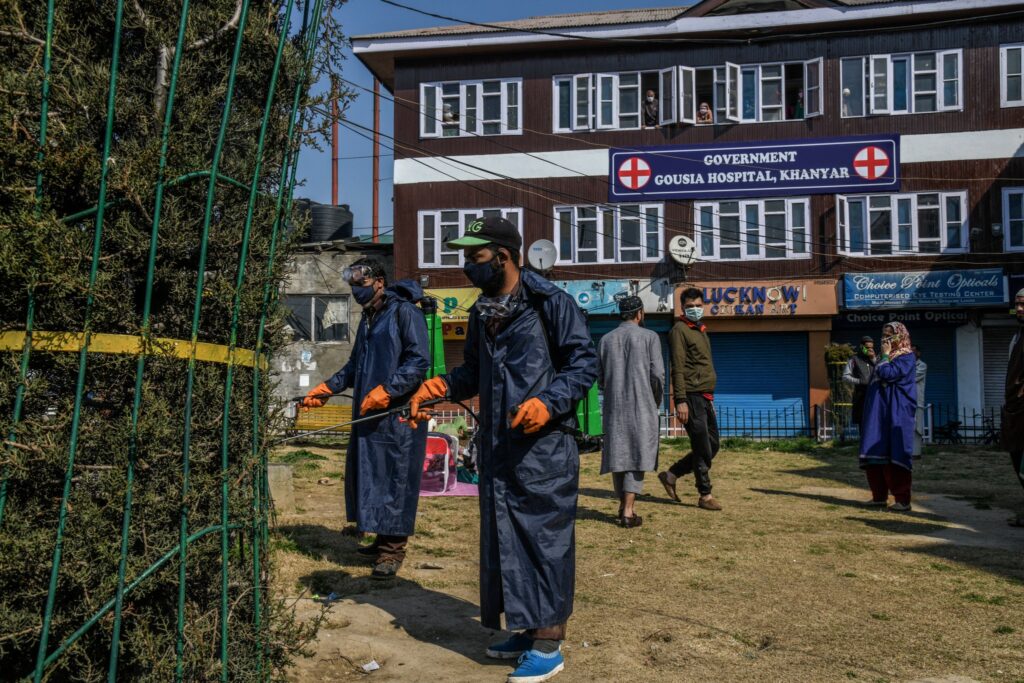
Ms. Begum, increasingly demoralized, said her son had been “stolen” from her. Ms. Begum says she sees her son in dreams, his face covered in bandages, his hands shaking in fear. He begs for water, but she feels chained, unable to move.
According to India’s home ministry, Mr. Mir was among more than 7,000 people arrested in August. Of those, more than 450 are still in jail, including Mr. Mir.
Many, including three former chief ministers, were detained under India’s Public Safety Act, a law that allows the authorities to jail suspects without charge for up to two years.
People who were recently released spoke of the humiliation and fear they experienced behind bars.
Bilal Sultan, a politician, was placed with hardened criminals, he said. He slipped into depression. In February, he said, he was set free because his doctors were afraid he might kill himself.
Mr. Sultan takes sleeping pills and complains of a recurring dream in which he is traveling to a tourist resort before soldiers stop him and shoot him between the eyes.
“I was a very strong man,” Mr. Sultan, 55, said recently at his house in Srinagar. “Now I fear my own children.”
Kashmir’s new generation, long accustomed to violence and bloodshed, may be the hardest hit.
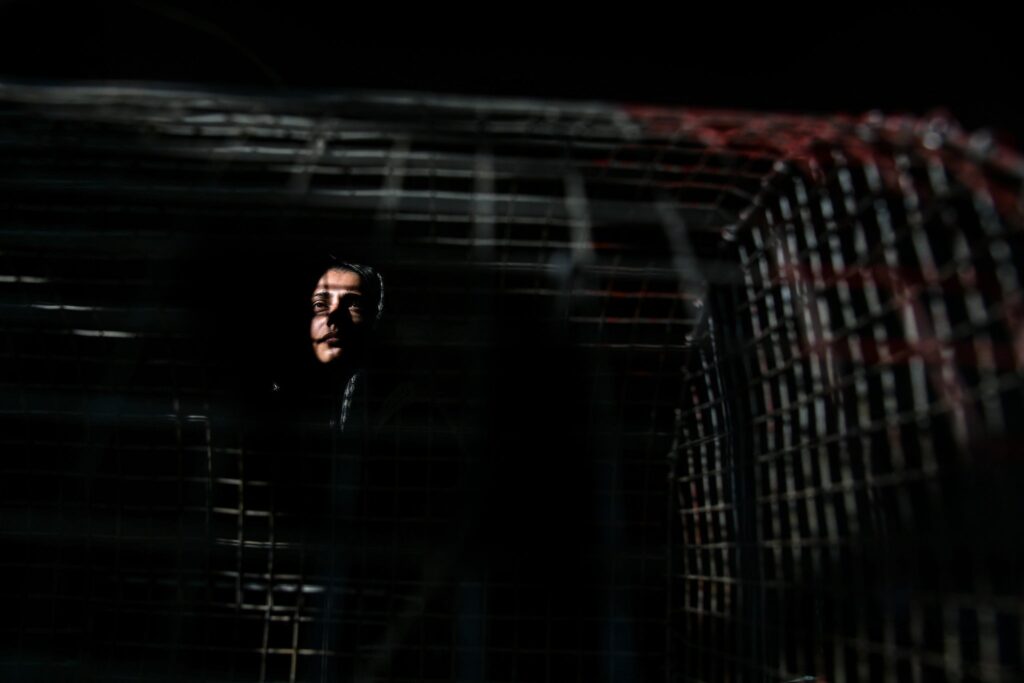
Before the August clampdown, Nida Rehman, 28, wanted to lift the spirits of others by setting up a nonprofit organization to raise awareness for mental health issues. But she says she has failed to learn the lessons she gave to others.
In pictures, she looks happy. But the trauma has withered her. She has lost weight, her cheeks sunken, her eyes ringed by dark circles.
Last year, Ms. Rehman visited a psychiatrist, who diagnosed acute depression. She doesn’t sleep for days. She found some relief by spending hours with a caged parrot, Noor, that her family kept.
“I felt I was living in a cage, like Noor,” Ms. Rehman said. “That happy world slipped out of my hands.”
After her relatives found her talking to the parrot, they grew worried and embarrassed, persuading her to release it. One evening, in October, Ms. Rehman set Noor free.
It didn’t help. Ms. Rehman is now taking regular doses of antidepressants.
So is Ms. Begun, the mother of the imprisoned Mr. Mir. As days get longer and weather begins to warm, she finds herself staring at a tractor parked outside her house. Mr. Mir bought it on a loan. The bank is now threatening to seize the family’s home.
Ms. Begum’s hands tremble and her lips quiver as she speaks. The desperation has incapacitated her. She can’t even cook, she said.
“I may never see my son again,” she said. “I feel I will die before he comes back home.”
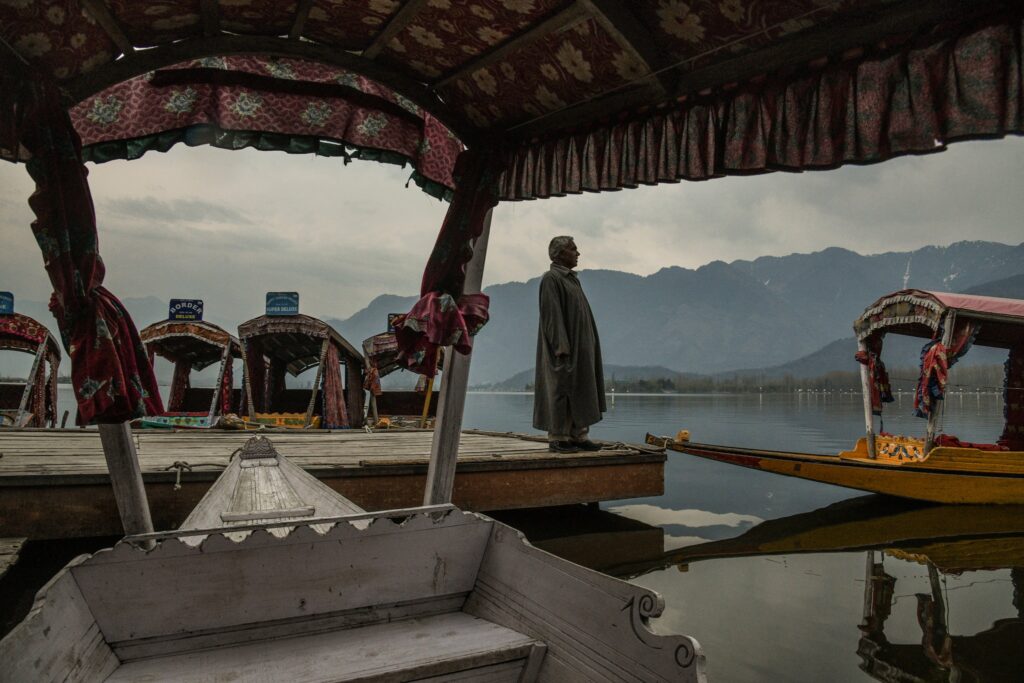
Iqbal Kirmani contributed reporting.
Published in NY Times on 26-April-2020
Courtesy:
https://mahaziislami.com/wp-admin/post.php?post=1956&action=edit


